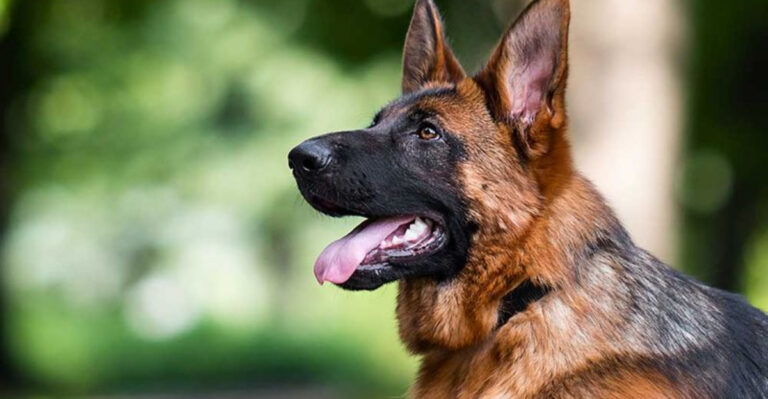16 Unusual Pet Behaviors That Could Be Warning Signs

Ever wondered why your furry friend suddenly acts up? Our beloved pets communicate in mysterious ways, and sometimes their quirky actions could be silent cries for attention.
From over-the-top licking to unexpected aggression, these behaviors might mean more than just a bad day. If your pet starts doing something odd, it could be their way of saying, “Hey, something’s up!”
Let’s explore these unusual behaviors that could be a sign of underlying issues.
1. Excessive Licking
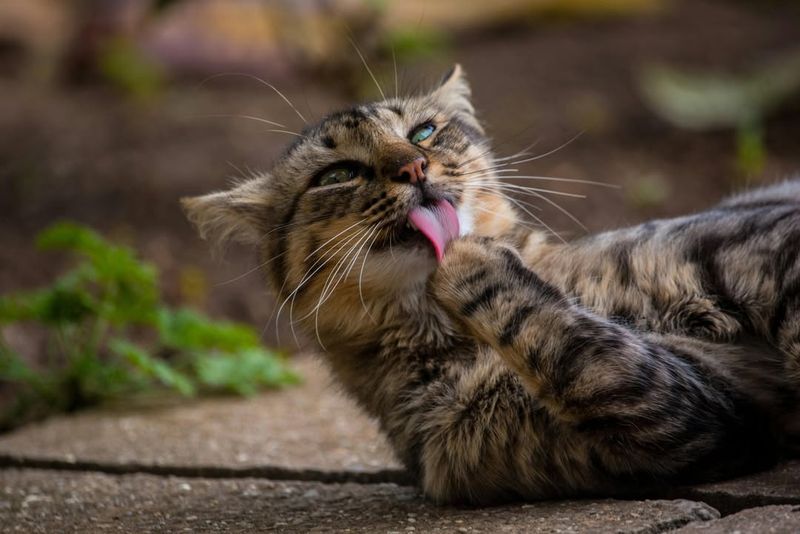
When your pet turns into a licky monster, it’s more than just showing affection. Excessive licking can be a pet’s way of dealing with anxiety, allergies, or even boredom.
You might notice them zeroing in on one spot, turning fur into a soggy mess. If licking becomes obsessive, it could lead to skin infections or hot spots.
Keeping an eye on this behavior and consulting your vet can save your pet from discomfort.
2. Sudden Hiding
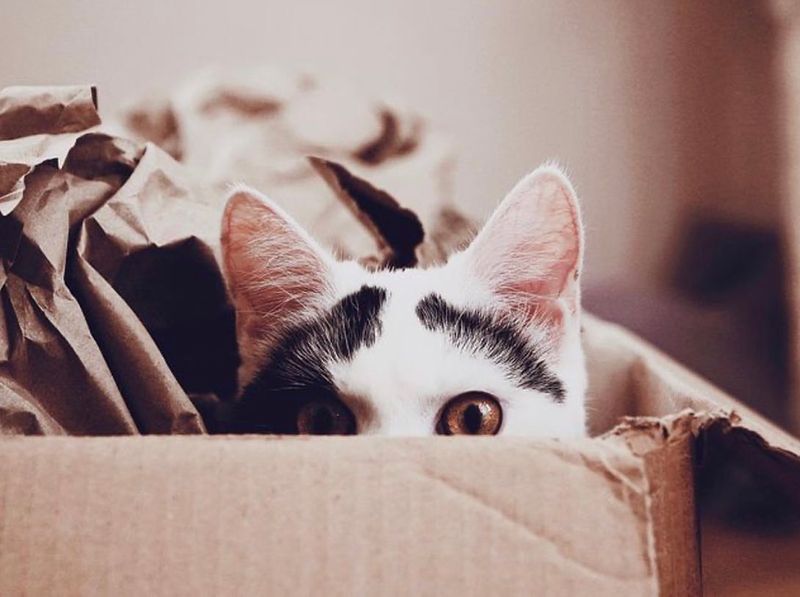
Cats are the queens and kings of stealth, but if your feline suddenly becomes a recluse, it could be a red flag. Sudden hiding can indicate stress, fear, or even an illness lurking in the shadows.
From loud noises to new pets, changes in their environment often push them into the dark. Creating a safe, comforting space can coax them out, but if hiding persists, it’s time for a vet visit.
3. Loss Of Appetite

A sudden disinterest in food can send pet parents into panic mode. If your fur baby snubs their favorite meal, it might signal a health issue or emotional upset.
Changes in diet, dental problems, or digestive woes could be the culprits. While missing a meal occasionally isn’t alarming, a consistent lack of appetite deserves attention.
Regular vet check-ups ensure your pet’s tummy is happy and healthy.
4. Unexplained Aggression
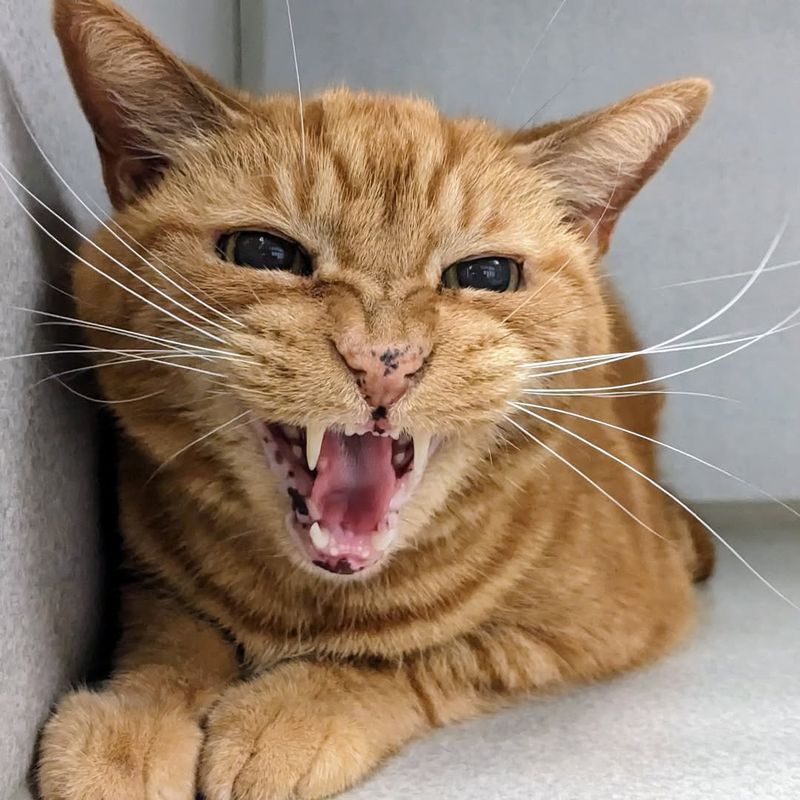
A gentle pet turning into a growling gremlin can be shocking. Unexplained aggression might stem from pain, fear, or territorial disputes.
Pets rely on their instincts, and any perceived threat can trigger this behavior. Observing patterns and pinpointing triggers helps in managing aggression.
Training and professional help might be needed to return your pet to its cuddly self.
5. Increased Vocalization
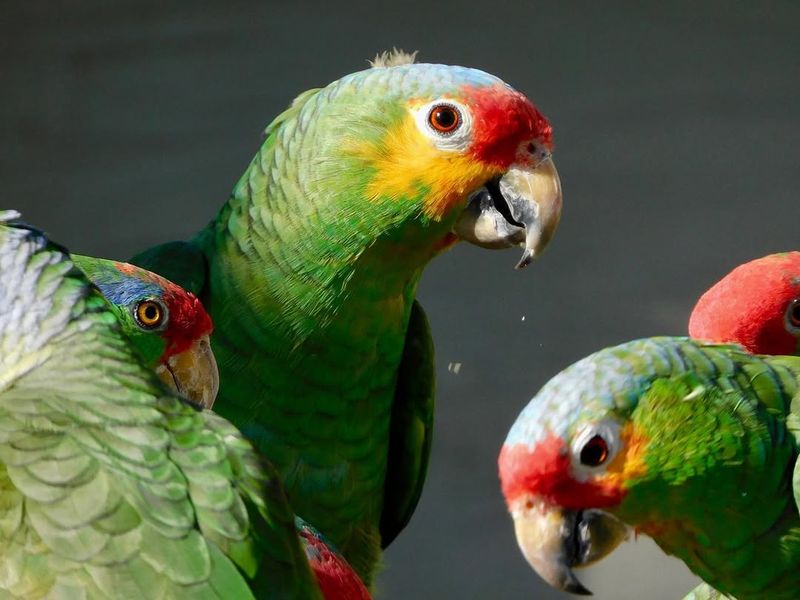
When your pet suddenly finds its voice, it might not just be practicing opera! Increased vocalization can hint at discomfort, loneliness, or the desire for attention.
Cats might meow excessively if they’re in pain, while dogs could bark to alert their humans. Recognizing the difference between normal chatter and cries for help is key.
Consulting a vet can help decode their sudden verbosity.
6. Excessive Chewing
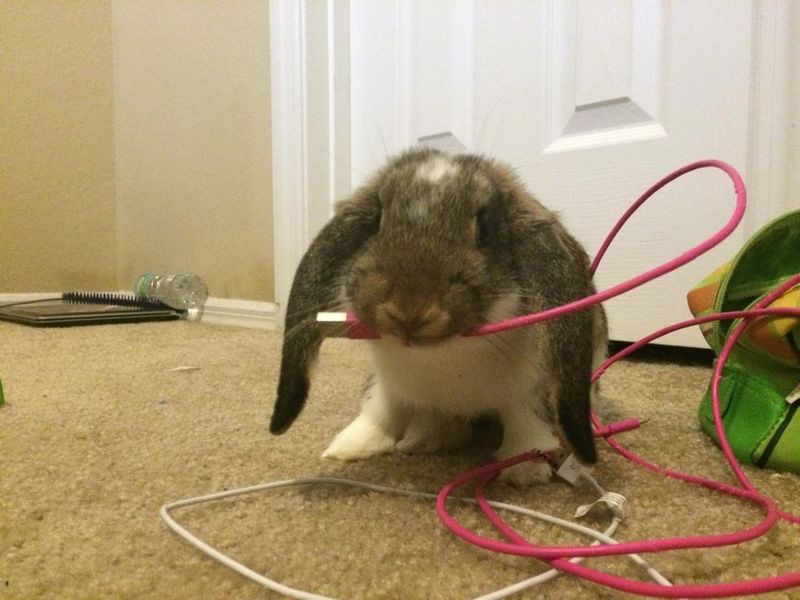
If your household items start looking like chew toys, your pet might be trying to tell you something. Excessive chewing is common in young pets, but if it continues, it could signal boredom or anxiety.
Providing proper chew toys and engaging in play can curb this behavior. Persistent chewing might require training or a vet check-up to ensure it’s not rooted in a deeper issue.
7. Pacing Or Restlessness
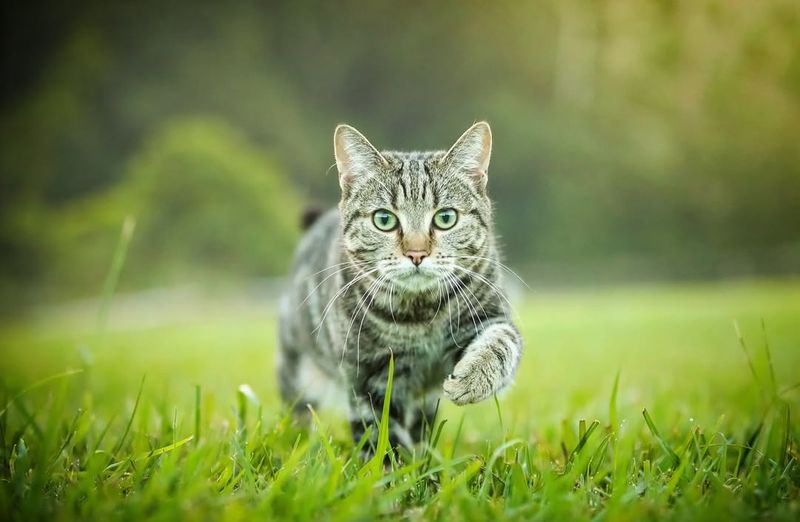
Pacing pets can turn a peaceful home into a racetrack. This behavior often indicates stress, confusion, or discomfort.
Dogs, in particular, might pace if they sense an upcoming storm, while cats could do so with territory disputes. Identifying the cause and offering comfort helps ease their minds.
Persistent restlessness could require professional intervention to restore calm in their routine.
8. Inappropriate Elimination
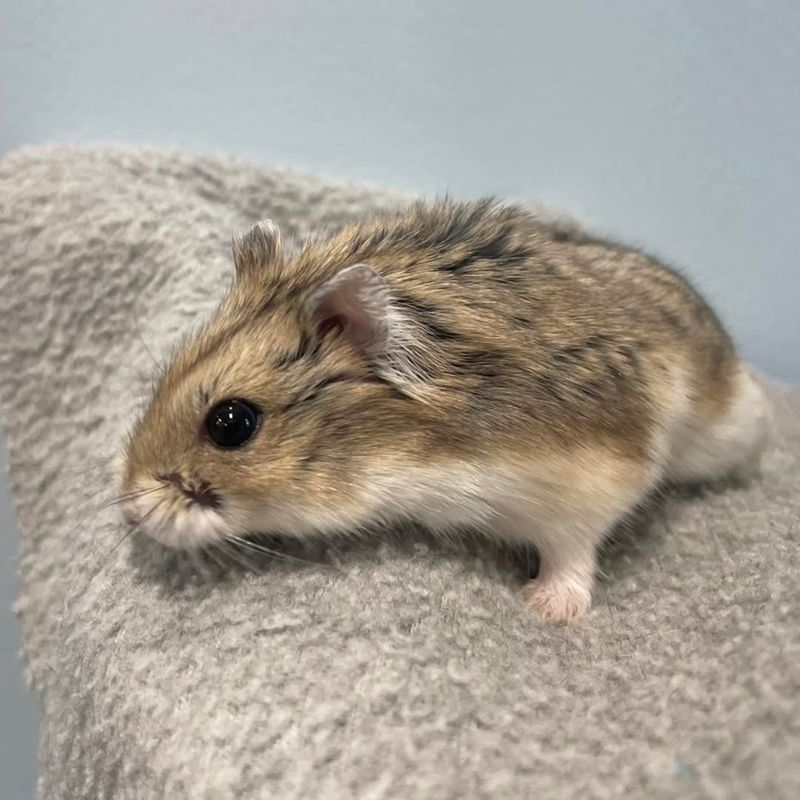
Finding a surprise in your shoe or favorite plant pot is never fun. Inappropriate elimination often signals a problem, from medical issues to territorial marking.
Stressful changes or a dirty litter box can prompt this behavior in cats, while dogs might do it for attention. Understanding the root cause and maintaining a clean environment can help prevent these unsavory surprises.
9. Lack Of Energy Or Laziness

When your pet turns into a couch potato, it might be more than just laziness. A sudden drop in energy can indicate health concerns like obesity, arthritis, or depression.
Monitoring their daily activities and encouraging playtime helps keep their spirits high. If your pet continues to lounge excessively, consulting a vet ensures their welfare isn’t compromised.
10. Sudden Fearfulness
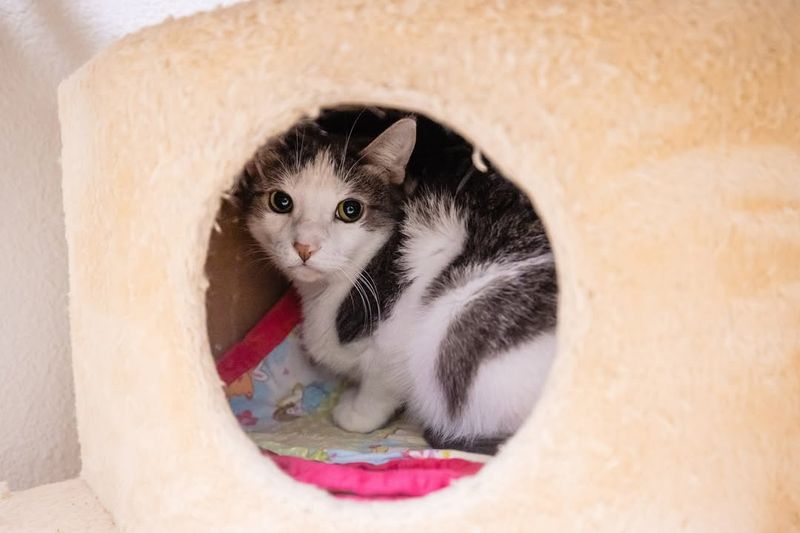
Fear can turn even the bravest pets into trembling bundles. Sudden fearfulness might arise from traumatic experiences or environmental changes.
Loud noises, unfamiliar people, or new surroundings can trigger this behavior. Offering reassurance and a safe space can help them regain confidence.
Persistent fear might need behavioral therapy to soothe their worried minds.
11. Changes In Sleeping Patterns
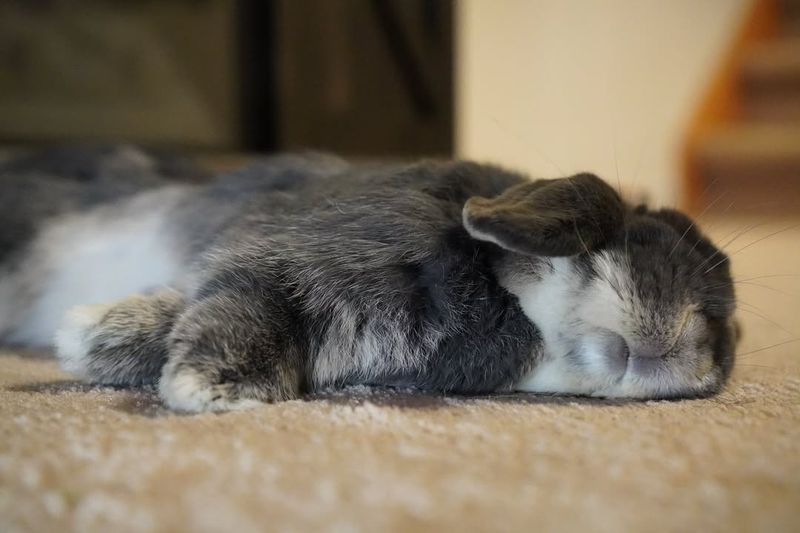
While pets love their beauty sleep, drastic changes in sleeping patterns can raise eyebrows. If your pet snoozes more or less than usual, it might point to an underlying issue.
Stress, illness, or age-related changes often affect their sleep habits. Keeping a sleep diary and discussing it with your vet ensures your pet gets the rest they deserve.
12. Over-Grooming Or Bald Spots
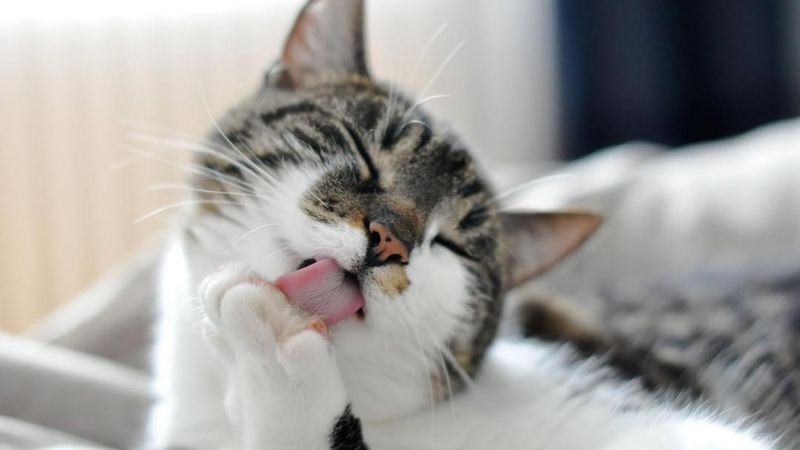
When your pet’s grooming habits go overboard, it might not just be a sign of vanity. Over-grooming can indicate stress, allergies, or skin conditions.
Cats, in particular, might lick themselves bald when anxious. Observing their grooming habits and checking for irritants helps identify the cause.
Consulting a vet ensures they maintain a healthy coat without the bald spots.
13. Destructive Behavior

A whirlwind of destruction can indicate your pet is vying for attention or battling boredom. Chewed furniture, shredded pillows, and upturned trash bins often tell the tale of an under-stimulated pet.
Providing mental stimulation and regular exercise can curb this chaos. Persistent destructive behavior might call for training or professional guidance to restore peace at home.
14. Constant Scratching Or Biting
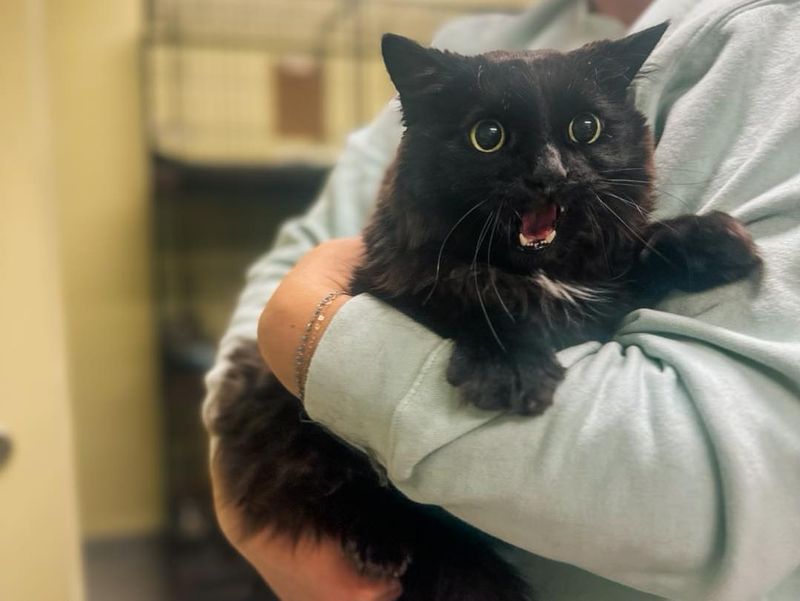
If your pet’s scratching or biting becomes a constant itch, it might be more than just fleas. Allergies, skin infections, or parasites could be the culprits.
Regular grooming and flea prevention help keep discomfort at bay. If the scratching persists and skin irritation develops, a vet visit ensures your pet’s skin remains healthy and itch-free.
15. Unusual Head Tilting

A cute head tilt might look adorable, but if it becomes frequent, it could be more than just curiosity. Unusual head tilting often signals ear infections, neurological issues, or balance disorders.
Observing the tilt and accompanying symptoms helps identify the root cause. Veterinary care ensures any underlying issue is addressed promptly, keeping your pet healthy and upright.
16. Excessive Whining Or Barking

When your pet’s vocal cords work overtime, it might be more than just a love for noise. Excessive whining or barking often signals anxiety, attention-seeking, or discomfort.
Understanding the triggers and offering reassurance can calm their vocal outbursts. Persistent whining might need behavioral training or a vet check-up to rule out any health concerns.



